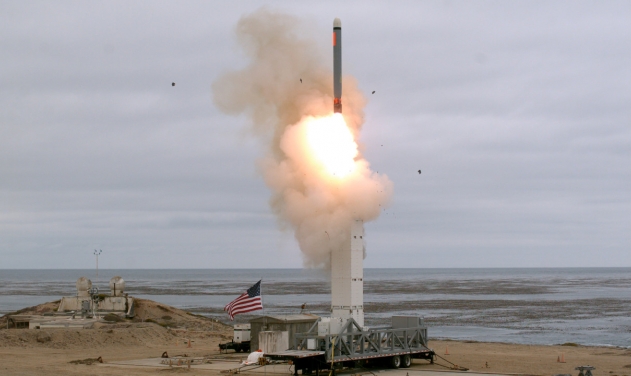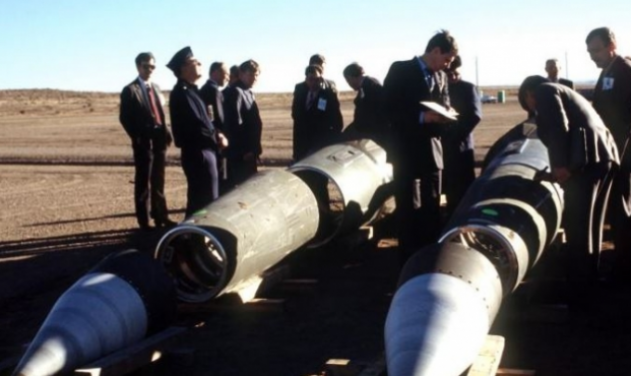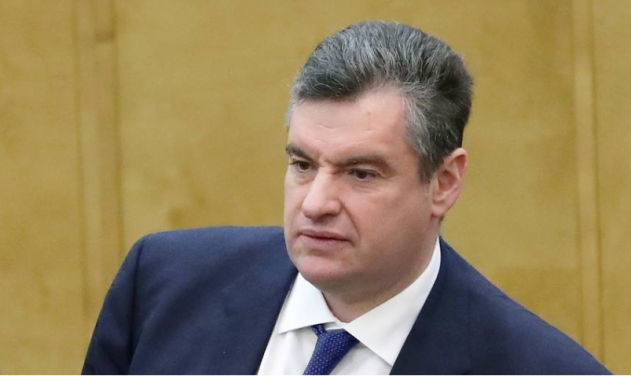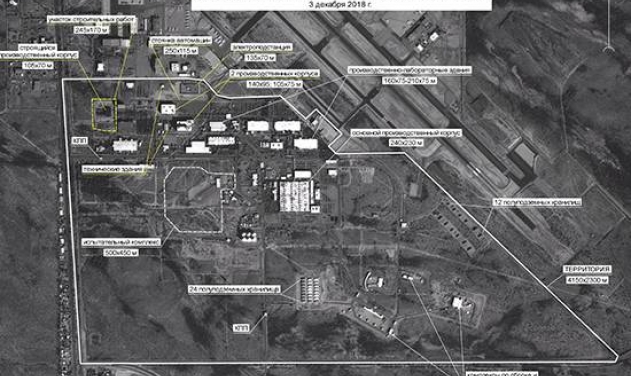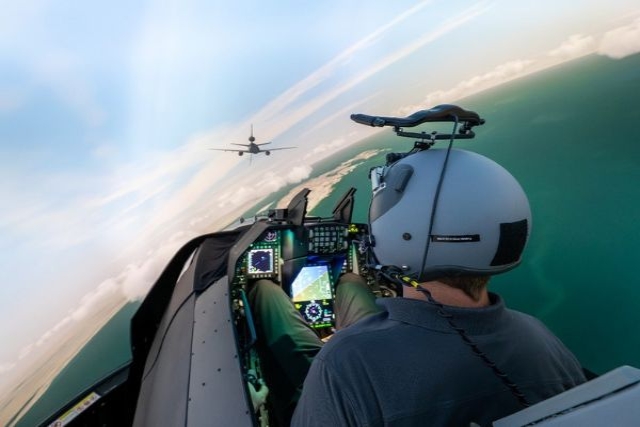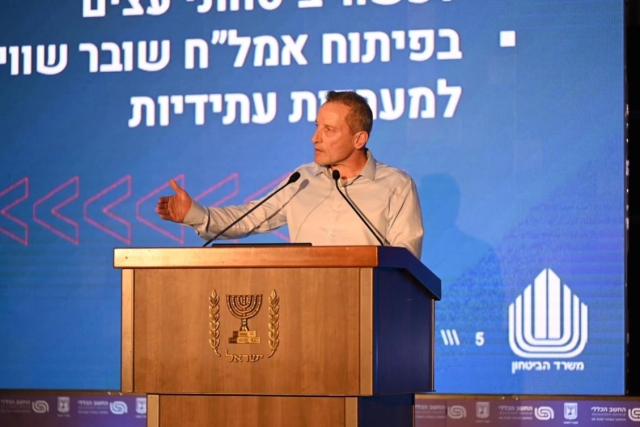Russia Helping China Build Ballistic Missile Warning System
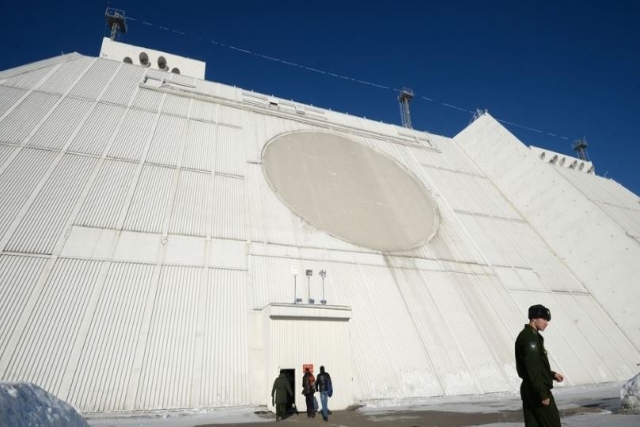
Moscow is aiding China build a system that comprises a network of ground-based radars and satellite arrays in earth’s orbit to detect ballistic missile launches, calculate trajectories of the projectiles and kick-start an apt response.
"I don’t think I’ll open a huge secret here. We’re now helping our Chinese partners to create a missile-attack warning system,” Vladimir Putin, President of Russia said at an international affairs conference in Moscow on Thursday.
When a ballistic missile is launched, multiple early warning radars, space surveillance networks and satellites sense it and calculate probable missile path. This data is then transmitted to a command center where a decision on how to respond to the attack would be made.
“It’s a very serious thing that will drastically increase the defensive capabilities of China,” the president added.
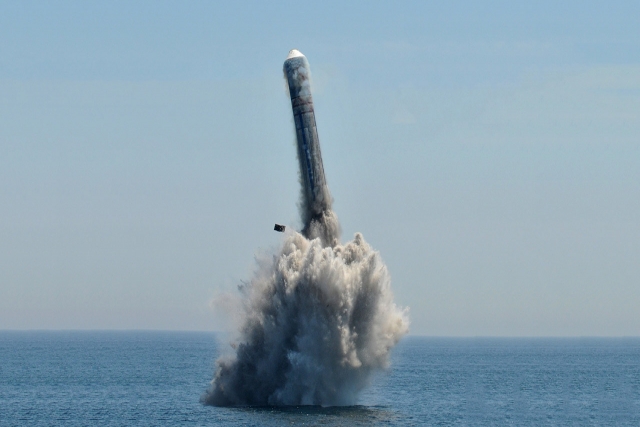
Once developed, China will become the third country in the world after the United States and Russia to possess a missile warning system.
America had developed its own system during the Cold War era to ward off any Soviet Intercontinental Ballistic Missile (ICBM) nuclear strike and provide its military with sufficient reaction time. The shortest route for a Soviet ICBM attack on North America is across the North Pole, so the facilities were built in Alaska and in Greenland.
According to reports, Russia is working on a new Sarmat ICBM which leverages Fractional Orbital Bombardment concepts (using space to deliver nuclear weapons by first launching them to low earth orbit) to use a Southern polar approach instead of flying over the Northern polar regions. Using this approach, it is theorized, avoids the US radars and missile defense batteries in California and Alaska.
After the collapse of Intermediate-range Nuclear Forces (INF) Treaty recently, Russian President stated it should develop means to protect itself from “hypersonic weapons” of the “world’s leading countries.”
It is interesting to note that both Russia and China have accelerated development of ICBMs in the recent times. This set of missiles are differentiated by having greater range and speed than other ballistic missiles.
On October 1, Beijing showcased its new JL-2 nuclear-capable submarine-launched ballistic missile (SLBM), DF-41, a road-mobile ICBM and the DF-17, which is a short-range ballistic missile with a hypersonic glide vehicle. China has reportedly begun development of third generation SLBM, the JL-3, which is based on the DF-41.
In May of this year, the Pentagon in its annual report to Congress “confirmed” China’s development of two new air-launched ballistic missiles. One weapon, identified as the CH-AS-X, was first tested in December 2016.
The Asian nation also tested its anti-ship ballistic missiles in the South China Sea this June.
Russia is targeting the launch of nine ICBMs between 2019-2021 which includes two Sarmat missiles, three Yars ICBM launches and four Topol ICBM launches, Pravda reported, citing Russian Defense Ministry.
In this year alone, Russia has test-fired Sineva, Bulava and Topol-M ICBMs, the most recent testof the Topol having taken place on October 2. Moscow is currently developing RS-26 Rubezh and Satan-2 (RS-28 Sarmat) ICBMs. It is set to deploy Avangard ICBM in this year or in 2020.

